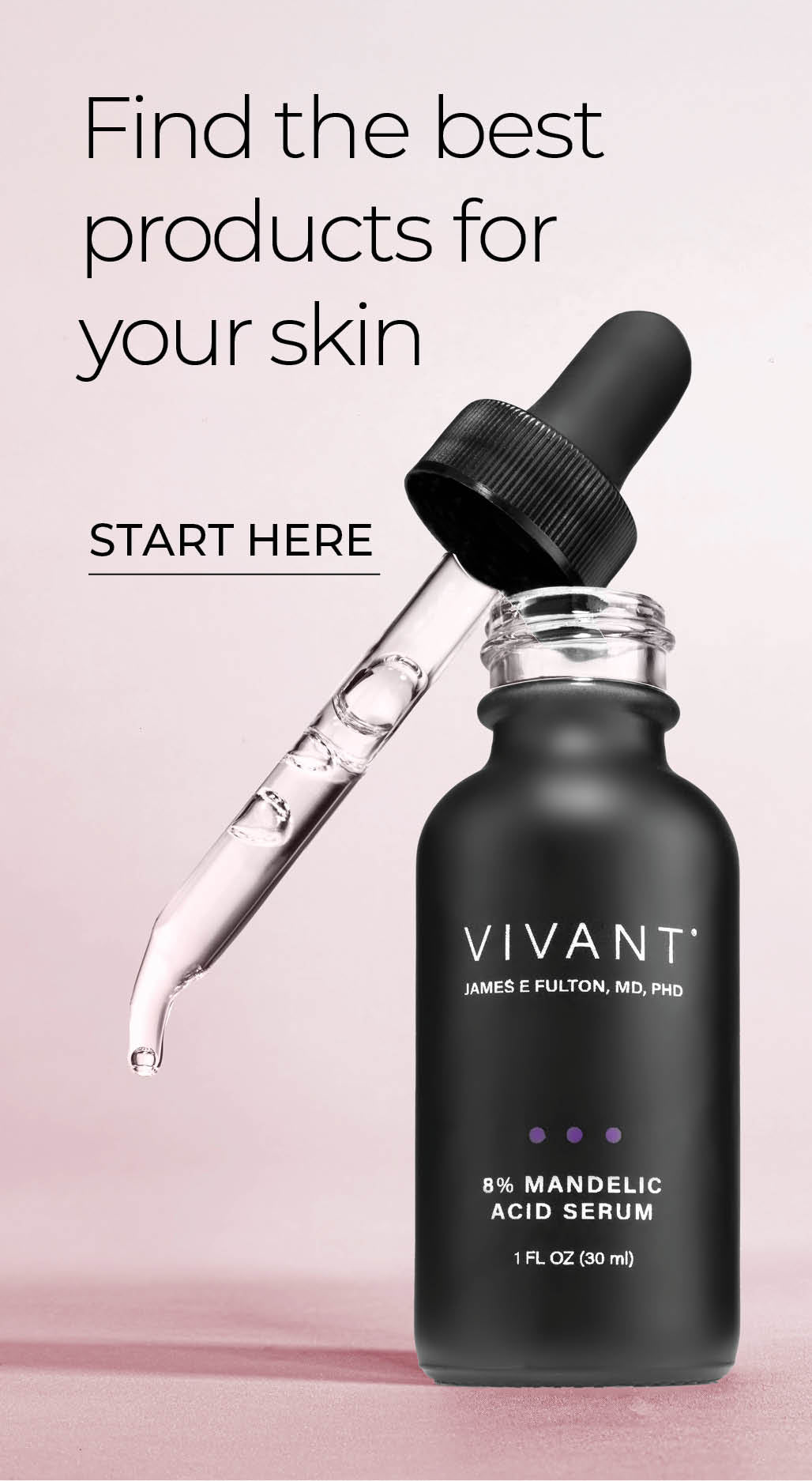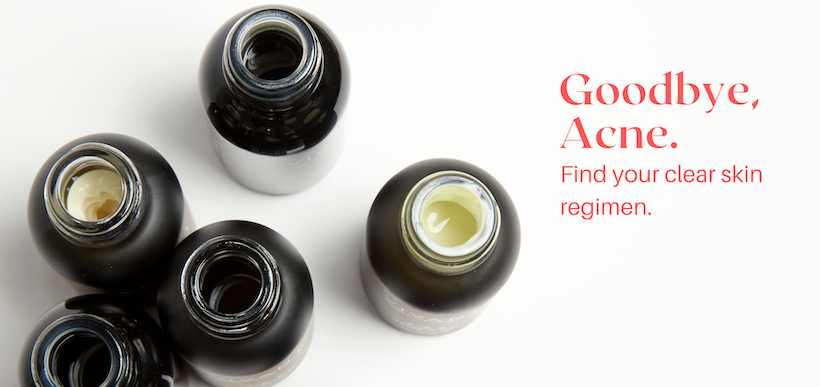The Brief, Heroic Life of a Skin Cell

Life for a skin cell is not easy. The entirety of their short existence is spent struggling to reach the uppermost layer of the skin before being unceremoniously shed away in a process that lasts a scant thirty days.
The skin is in a constant state of renewal. New cells form—plump, robust, and well-hydrated—in the stratum basale layer, the deepest layer of the skin. They continuously divide to create new cells. As they mature, they rise through the sub-layers of skin, becoming flatter and drier until they reach the final frontier, the epidermis. By this point, the cells are nothing more than dry keratin protein forming the protective layer known as the stratum corneum.
The next generation of cells is already pushing upward causing the outer layer shed away.

Healthy skin sheds one layer of dead cells every day. In acne-prone skin, cells proliferate faster—as many as five layers a day—too many to shed naturally. The cellular buildup mixes with sebum to create a plug that traps bacteria and triggers inflammation.
Even if your skin is not acne prone, you can’t escape the cell buildup as you age. With every passing year the process slows a bit. By age 40, the cell cycle is taking about 45 days. By 50, it’s slowed to around 60 days. The slower turnover creates an accumulation of cells that weigh skin down creating dullness, sagging, wrinkles, and folds. It can also be a cause of adult acne.
The cell cycle can also be affected by other factors including hormones, nutrition, UV exposure, illness, and stress.
Keeping dead cells from accumulating is the key to keeping the skin surface looking vibrant and healthy. Removing the buildup keeps skin free of acne-causing impactions, reduces the look of fine lines and wrinkles, and promotes a brighter, fresher appearance.
A healthy lifestyle, including good sleep, nutritious diet, and protection from UV, will help your skin maintain its natural cell cycle.
Accelerating the cycle with exfoliating products like alpha hydroxy acids and vitamin A will make it even better. Vivant’s patented vitamin A propionate cuts the average cell cycle from 30 to 14 days to rapidly rejuvenate the complexion. It's the foundation of our transformative line of corrective serums, most of which include AHAs as well.
Your skin sheds 30,000 to 40,000 cells per minute. Of course, that statistic refers to your whole body. Your face represents roughly 5% of your total skin. A little math tells us that’s about 1750 cells per minute being shed from your face. So, when you accelerate the process of cell turnover with an ingredient like vitamin A propionate, don’t be surprised when you see some flaking initially. That’s just your skin adjusting to the renewal boost. By the end of a thirty-day cycle, your skin will have acclimated, and all you will see is fresh, smooth, radiant skin.
Shop Vivant’s Patented Vitamin A Corrective Serums


Comments